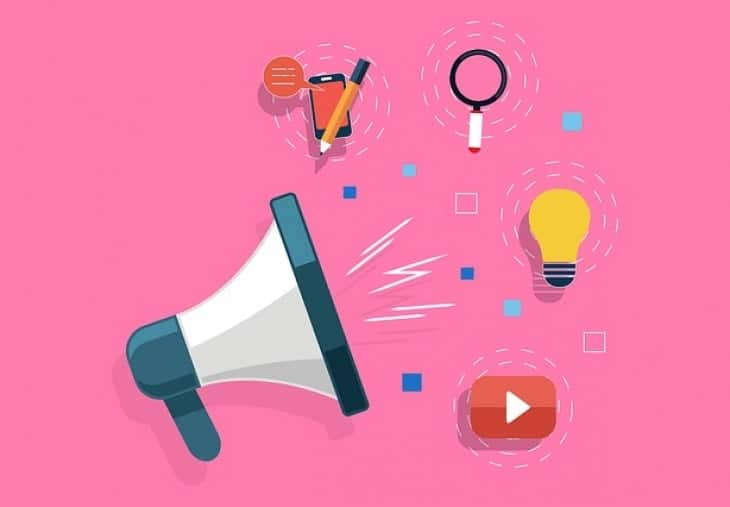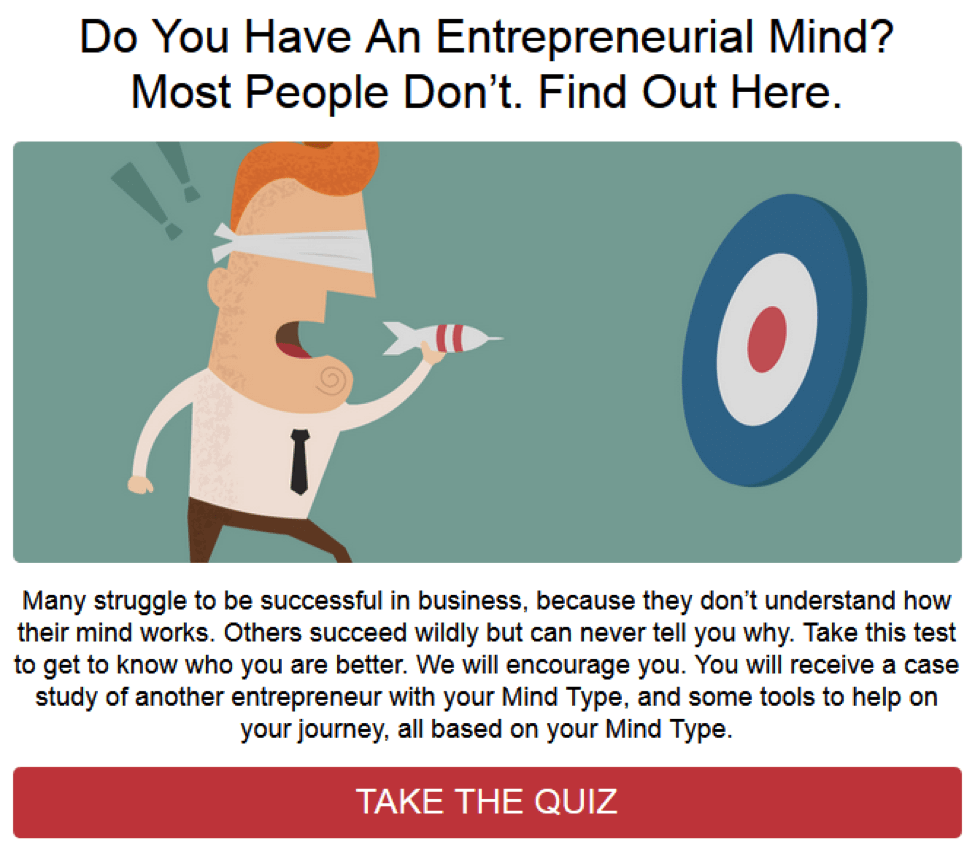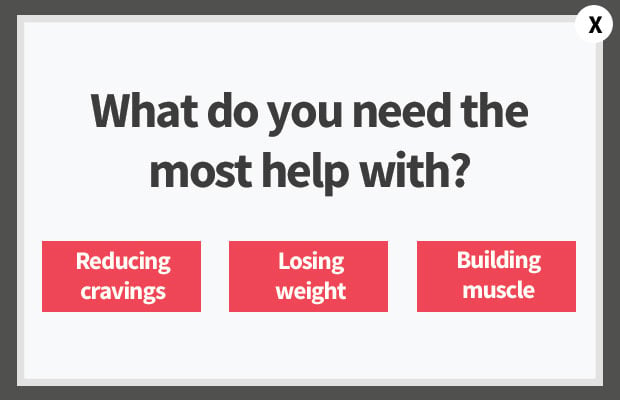Are you a digital marketer or business owner reading this? You’ll know the feeling.
You poured your heart and soul and money into a campaign and did everything on the usual strategy list.
You’re anticipating good results.
A week later, you check the data, and to your horror, not again – A LOW CONVERSION RATE.
Why??? You’re asking yourself. You did everything right.
Your landing page is conversion rate optimised. Your email’s subject line, content AND design have all been carefully thought over.
Well, we’ve been there before and discovered something most marketers overlook.
Is the way you ask prospects to opt-in too threatening?
Your marketing strategy might be all on point, but you’re still not getting your prospect’s opt-in. Your approach is too aggressive, you’re theoretically all perfect, but not thinking in neuro-marketing perspectives.
Your prospects might be really interested in your product and pretty convinced by your solutions. However, your opt-in aggressiveness has caused a layer of doubt to shroud over their final decision to commit, triggering a fight or flight fear response.
- “What are they going to do with my email and information?”
- “Am I going to be blasted a ton of marketing and advertising messages now?”
- “Am i opting in for something else I am not aware of?”
- “Is this a scam??
We’ve all had these thoughts. These fearful concerns on the consumer’s end are very real in this day and unfortunately, not entirely uncalled for. The misusing of consumer’s information has been a widespread concern and people have their guards up.
When people fear, they click away.
In that split second, you’ve lost your lead.
“Only about 22 percent of businesses are satisfied with their conversion rates.”
Eradicating the fear response and still engage prospects to convert
Neuromarketing is a field that marketers still undermine and fail to tap into when influencing consumer behaviour. Strategies can be clever but they may lose their effectiveness if marketers do not consult psychology principals when trying to get more visitors to convert.
Hubspot cannot say it better: “Whether its views, social shares, scroll depth, subscriptions, leads, and sometimes even ROI, digital marketers can measure it all. But even though we have access to a laundry list of metrics, we still can’t measure what is arguably the most crucial indicator of a campaign’s performance — emotional resonance.”
We have to take into account our prospect’s psychological and emotional responses when putting out a campaign from the littlest things.
Large, up-front commitments scare people off.
Giving out their work or personal email address is a huge investment, especially when it’s too soon.
When and how are you asking your prospects to give out their information to you? Do you even realise this big leap you are demanding them to take?
So, how do you eradicate the fear or prospects and engage them to convert?
The key to this concept is to evaluate your steps before asking a prospect to opt-in and convert. If it is too big of a leap, break it down into smaller non-intrusive steps that are engaging and value-adding to your consumers.
In neuromarketing, we call these micro-commitments.
Micro-commitments take the pressure off of you to part with your money and commit to the sale too soon. They break the sales process down into smaller, more manageable goals. With a focus on micro-commitments, your aim is to reduce buying friction, and get small commitments that usher the prospect towards the end goal of sales.
Transforming Prospects Into Buyers And Optimising Opt-in Rate With The Micro-commitment Strategy
The micro-commitment strategy is built around finding ways to gain the customer’s agreement with little things during the course of the sales process. People are not turned off by questions. Contrarily, our brain loves questions, when it doesn’t sense a threat. If we break questions into small and friendly steps, we get to engage with our prospects as their curiosity turns up.
Here are some micro-commitment, pre-opt-in steps we’d like to introduce to help you optimise your conversion rates:
1. Video marketing
Videos are visual, and after all, vision is our most dominant sense. Hence, a great way to present an idea you have that can easily capture the prospect’s attention and interest is through a video. If you manage to arouse their curiosity, they will be intrigued to find out more, and are instantly engaged.
Most information transmitted to our brain is visual, especially in such a fast-paced digital landscape where social media is king. If pictures can boost engagement, you can imagine how a video can help you increase opt-in rates in a non-threatening way.
2. Pop up quiz
A pop up quiz is fun, and the questions quizzes have are simple, fun, and casual. Do not trigger your prospect’s fight or flight response by asking intrusive, salesy questions that are pushy and ring an alarm. Your goal is to get them to micro-commit.
So why do quizzes work? It’s all down to psychology. Quizzes are effective (and irresistible) because as humans, we all have a deep-seated urge to learn about ourselves. Being a little vain, we also love to share our discoveries with our friends — and today’s technology makes that easier than ever.
-ecommercetimes, 2019
(Outbrain)
(Facebook)
3. Discredit any potential objections
Before you go for the opt-in, always have an opportunity to answer any potential objections. The addressing of your prospects’ real concerns should be in your sales copy and answered effectively and honestly. People tend to stick to the decision they once made. Usually, when the first step is done they tend to go all the way. Hence you discrediting any potential objections aids them to stick through till the end.
4. Ask profiling/ segmentation questions
If entering their name and email address is too intrusive, do not scare off your prospects with your huge opt-in box everywhere- on your website, on your landing pages, on blog posts. Engage your users with a pop-up quiz, or a segmentation question first, then finally the opt-in, after you have engaged them sincerely but in a non-pushy way. You can get data from your customers while keeping them happy by collecting it over time. Learn how you can use progressive profiling to your advantage.
(Neil Patel)
5. Gentle Opt-in
You might be thinking what on earth is a gentle opt-in? It requires you to make several small and impactful changes to your communication style. If you stop sounding like a pushy salesperson trying so hard to push your product and blaring out instructions on how to take action, you will be able to start conversations and build relationships instead.
You can simply say something along the following lines. “To solve your current problem, we have a 4-step process for you to follow and it’s very simple. The first step is knowing clearly what your business needs to be done. If you’re comfortable and ready, we’ll move to step 2.”
Include benefits that your product offers on your opt-in page. It is easy to discuss what your product does and the functionality that it provides. But what does that functionality help your prospect do or improve? Tweak it to address how does it help your prospect work more efficiently, save them time, decrease costs, improve profitability, increase revenue, or decrease stress? Focus on this value.
(Hubspot)
Conclusion
In every market that we apply these micro-commitment concepts, we saw a bigger increase in opt-in and conversion rates.
As marketers and business people, we are often eager and full-focused on making the final sale. We do not consider spreading out the steps, which have proven to psychologically make it easier for the prospect to take.
Each micro-commitment your prospect agrees to is one small step forward, and every step forward builds momentum toward the sale.
Micro-commitments can be as simple as asking customers a multiple choice question that is related to your product or service, that gives you more information about your client so you can market the correct product or service to them.
Do you know what micro-commitments you need to ask for in your sales process?









